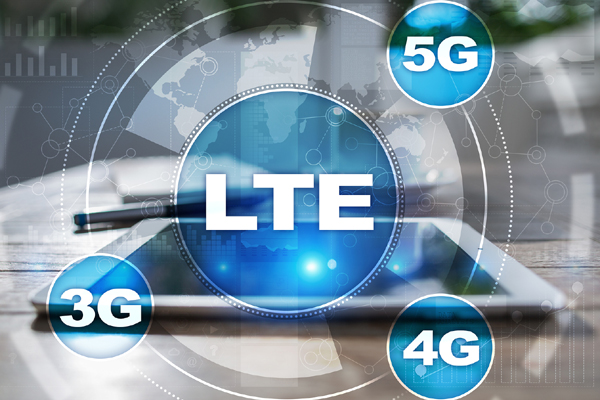
Leveraging LTE for improved public safety system
DUBAI, July 10, 2018
Many of us believe that Long Term Evolution (LTE) technology is primarily for commercial mobile broadband usage for higher speed. However, the technology is not just for speedier transportation of our heavy images or watching movies without buffering. It has emerged as a perfect technology to address the requirements of mission-critical communications, says Amrit Heer, head of business development, EME, Parallel Wireless.
The Middle East region has taken the lead in leveraging innovative and latest technology solutions to enhance the overall quality of life. The Smart Dubai initiative is a case in point and highlights the country’s commitment to using technology to provide a safe, reliable and sustainable living environment to its citizens. The initiative was started with the mandate to “empower, deliver and promote an efficient, seamless, safe and impactful city experience for residents and visitors.”
A smart city is fundamentally a safe city. A robust and reliable public safety communication system is integral to the concept of a smart city. Faster and an improved response to a natural disaster or a crisis enables the concerned authorities to respond in a timely fashion to save as many lives as possible, says Heer.
Advantage LTE
The LTE technology provides a significant advantage over the existing traditional Terrestrial Trunked Radio (Tetra) technology, which is a widely used technology for public safety communication system. The most crucial benefit of using LTE is that one can transmit large images and videos in real time. This provides valuable situational insight to the first responders who can then plan the rescue operation more efficiently. Access to real-time location information further enables the agencies to respond more efficiently. On the other hand, Tetra is able to transmit only voice and has limited data capability, says Heer.
The second big advantage of LTE is that it is interoperable with all the existing public safety standards, so it is much easier for the agencies to migrate from one technology to another slowly. Public safety involves collaboration and coordination with many agencies, both government and non-government. This means that not all of them would be using the same technology. With LTE various agencies can communicate with each other without a problem. Further, interoperability allows the public safety agencies to go for a phased migration from existing system to LTE-based system. The technology helps in bringing down the complexity and efficient management of a public safety network, he continues.
"What further tilts the scale in favour of LTE is that 3GPP, a standardisation body has specifically developed features targeting the mission-critical services. Prioritisation of services and pre-emptive network access means that the traffic from Ground Zero or the site of disaster will always get priority and the network will continue to function even during an emergency situation. The traditional Tetra technology doesn’t have this capability.
"It is then hardly surprising that LTE is emerging as a technology of choice for the public safety agencies. They realise that leveraging LTE will enable them to conduct more efficient mission critical operations," Heer says.
Bring-Your-Own-Coverage
More often than not the existing communications infrastructure is damaged during a natural disaster or an emergency. LTE technology through the concepts of Bring-Your-Own-Coverage (BYOC) and Network In Box (NIB) can be leveraged to address this problem. With BYOC, the first responders can set up a broadband network within minutes to ensure that the rescue work is not hindered and continues in spite of network outage.
The portable LTE public safety solution can be easily deployed in a backpack of the first responder or in a vehicle or wagon. The concept can also be used to cover any coverage gap in remote or difficult-to-reach-areas. BYOC also consumes much lesser power making it long lasting and sustainable, says Heer.
"Reliable and robust communication is a prerequisite for a successful mission critical operation. Effective communication ensures better coordination between different players of the ecosystem, which further leads to better execution of the mission critical operation. The plug-and-play capability and the ease of deployment of BYOC make this solution a must-have for public safety communications network. It was successfully tested in the US in January last year for the prestigious FirstNet initiative.
"Effective and reliable communication during a crisis can save lives. The LTE technology provides a robust, easily scalable and a responsive public safety network. The concerned agencies should leverage the LTE advantage to ensure that the first responders are equipped with the world-class communication system for an overall improved response to a disaster or a crisis," adds Heer. - TradeArabia News Service







